In December of 1984, when it was made public that Leonard Tose tried to secretly move the Eagles to Phoenix, the response from Eagles fans, sports media, news media, and city politicians was outrage.
Response also came from other NFL owners. Steelers owner Dan Rooney, for one, commented: “It seemed unthinkable to consider the NFL without the Eagles in Philadelphia.”
Not so fast, Dan Rooney. Your father Art Rooney had been complicit in a plot some forty years earlier that would have moved the Eagles out of Philadelphia and transformed the team into the Pennsylvania Keystoners.
Originally formed as the American Professional Football Conference in 1920, the National Football League started to take shape two years later in 1922. Teams kept coming and going throughout the 1920s and 1930s. From east to west, the cities included Boston, Providence, Hartford, New York, Newark, Philadelphia, Washington, Pottsville, Buffalo, Pittsburgh, Canton, Akron, Cleveland, Detroit, Toledo, Cincinnati, Chicago, Racine, Milwaukee, Green Bay, and Minneapolis.
The main reason for the instability was money – remember, the Great Depression fell right in the midst of that era.
The Eagles came into existence in 1933 when the NFL found a buyer for the Philadelphia franchise in the form of a partnership between Bert Bell and Lud Wray. Philadelphia had been without a team since the Frankford Yellow Jackets ceased operations at the end of the 1931 season. Fallout from the Great Depression created fiscal problems that Yellow Jackets’ ownership couldn’t overcome. So Philly went without an NFL team for two years.
Bert Bell would serve as GM of the new team, and Lud Wray would coach. The partners selected the Eagle as the team’s mascot because it was the insignia that President Franklin D. Roosevelt used for his New Deal program that was part of the National Recovery Act of 1933.
The first three years of operation was a hand-to-mouth struggle in which the partners lost $85,000 – the equivalent of $1.5-million of today’s dollars.
Lud Wray wanted out.
In 1936, Wray commissioned a public auction to sell his interest in the Eagles. Bert Bell outbid a handful of seekers and paid $4,500 to take full control of the team.
For years, during the summer months, Bert Bell had been in the habit of spending time at Saratoga Race Course in New York State. There, he met and became friendly with a fellow sportsman by the name of Art Rooney from Pittsburgh. In addition to being a welterweight boxing champion, Rooney also played minor league baseball and semi-pro football.
During the summer of 1933, Rooney hit a parlay at Saratoga that paid him $160,000. Rooney immediately bought an NFL franchise for Pittsburgh, which he nicknamed the Pirates. He then used his racetrack winnings to bankroll his team for years.
He changed the name of his team to the Steelers in 1940. But by then, his winnings had been depleted and he was losing money to the tune of $25,000 per season.
That same year, 1940, a billionaire playboy named Lex Thompson approached Bert Bell and asked him if he were interested in selling the Eagles. Thompson, from New York, wanted to own a sports team.
Since both Bell and Rooney were losing money, the two racetrack cronies got together and hatched an elaborate scheme that came to be known as “The Pennsylvania Polka.”
Step One – Rooney would sell the Steelers to Lex Thompson.
Step Two – Thompson would move the Steelers to Boston – which was much closer to Thompson’s home in New York than Pittsburgh was. Remember, sports teams traveled by rail in those days – not by air.
Step Three – Art Rooney and Bert Bell would pool their resources to operate one football team. They would change the name of Bell’s Philadelphia Eagles to the Pennsylvania Keystoners and split the team’s home games between Philadelphia and Pittsburgh.
The scheme unfolded in four steps:
One – Thompson paid Art Rooney $160,000 for the Steelers.
Two – Rooney turned the $160,000 over to Bert Bell to purchase 70% of the Eagles – with Bell retaining 30% of the team.
Three – After changing the name of the Steelers to the Pittsburgh Iron Men, Lex Thompson petitioned the NFL to allow him to move his team to Boston.
Four – Art Rooney and Bert Bell petitioned the NFL to allow them to transform the Philadelphia Eagles into the Pennsylvania Keystoners.
But that’s when the proverbial shit hit the fan.
The NFL owners – acting upon adamant urging from Washington Redskins owner George Preston Marshall – shot down both petitions. Marshall didn’t want Rooney and Bell to monopolize the entire state of Pennsylvania.
That’s when buyer’s remorse set in for Lex Thompson and Art Rooney. Thompson didn’t want to own a team in Pittsburgh and Rooney didn’t want to own a team in Philadelphia. So they put their heads together and hammered out a new deal:
One – Lex Thompson moved his Pittsburgh Iron Man franchise – players and all – to Philadelphia to play the next season as the Eagles.
Two – Art Rooney and Bert Bell moved their Philadelphia Eagles franchise – players and all – to Pittsburgh to play the next season as the Steelers.
The 1941 season started with Rooney acting as the Steelers GM and Bell serving as president and head coach. But after the Steelers lost the first two games by convincing margins, Rooney convinced Bell to step down as coach. Bell subsequently sold his shares of the Steelers and returned to Philadelphia to become GM of Lex Thompson’s Eagles.
In 1946, Bell was appointed as commissioner of the NFL and he served in the dual role of Eagles GM and NFL commissioner until 1949.
Meanwhile, Lex Thompson was losing money and becoming disenchanted with his hobby. He lost $32,000 in 1947 and another $88,000 in 1948 – despite winning the NFL championship.
On December 21, 1948, Thompson selected Penn center Chuck Bednarik with the first overall pick in the 1948 draft. Bednarik was the first lineman to be drafted that high. But that was pretty much Thompson’s last official act with the Eagles.
Three weeks later, on January 15, 1949, Lex Thompson sold the Eagles to “The Happy Hundred” partnership for $250,000. The new owners replaced Bert Bell as GM, but he continued as NFL commissioner until his death in 1959.
Sudden Death Overtime was Bert Bell’s baby.
And that’s how close Philadelphia came to losing the Eagles team as we know it today.
Much of the material used in this story was gleaned from 12 Best Eagles QBs.
Barry Bowe is the author of 12 Best Eagles QBs and 1964 – The Year the Phillies Blew the Pennant.
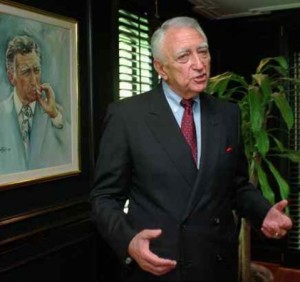
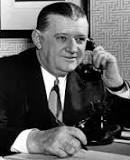
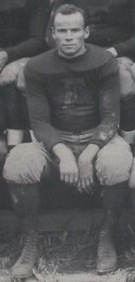
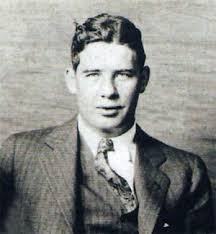
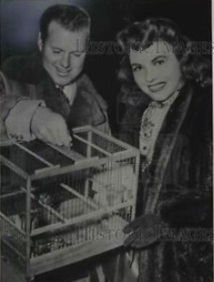
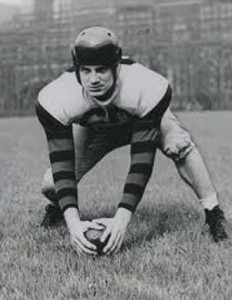
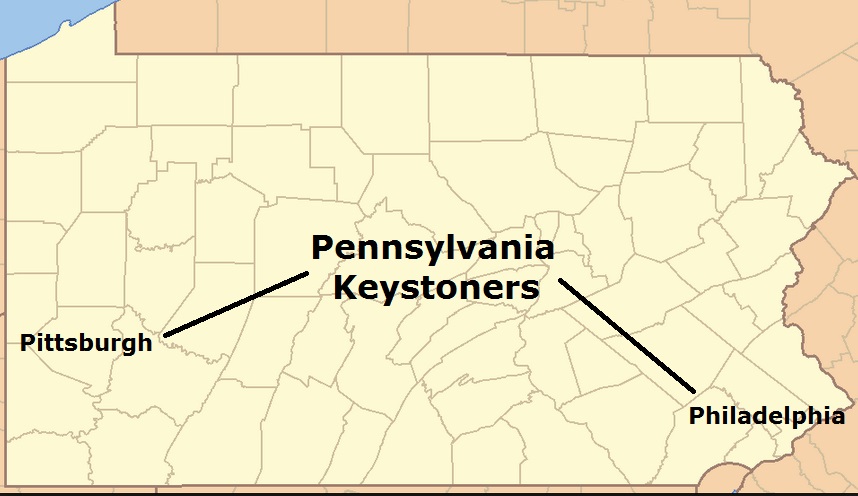
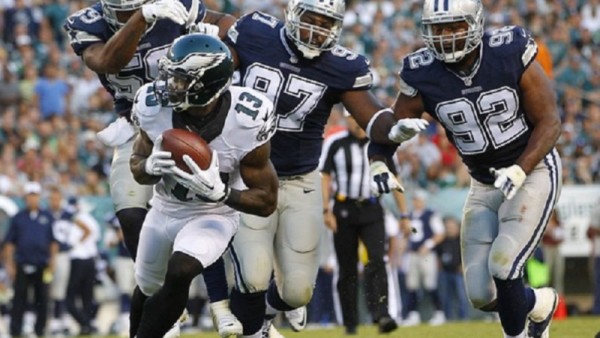
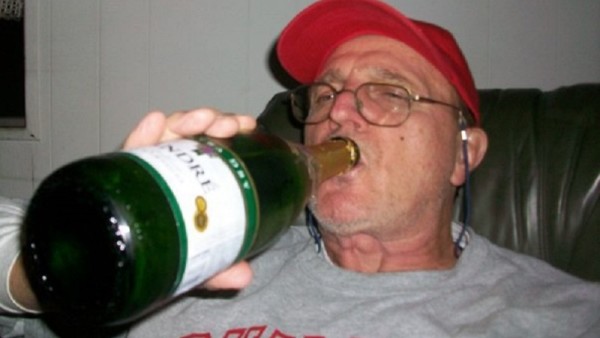



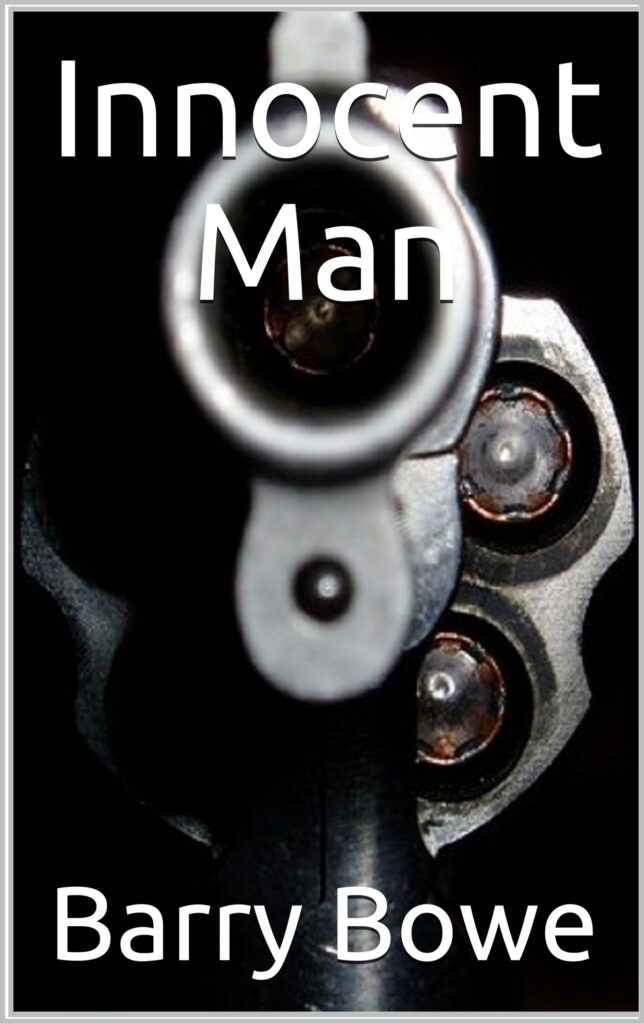
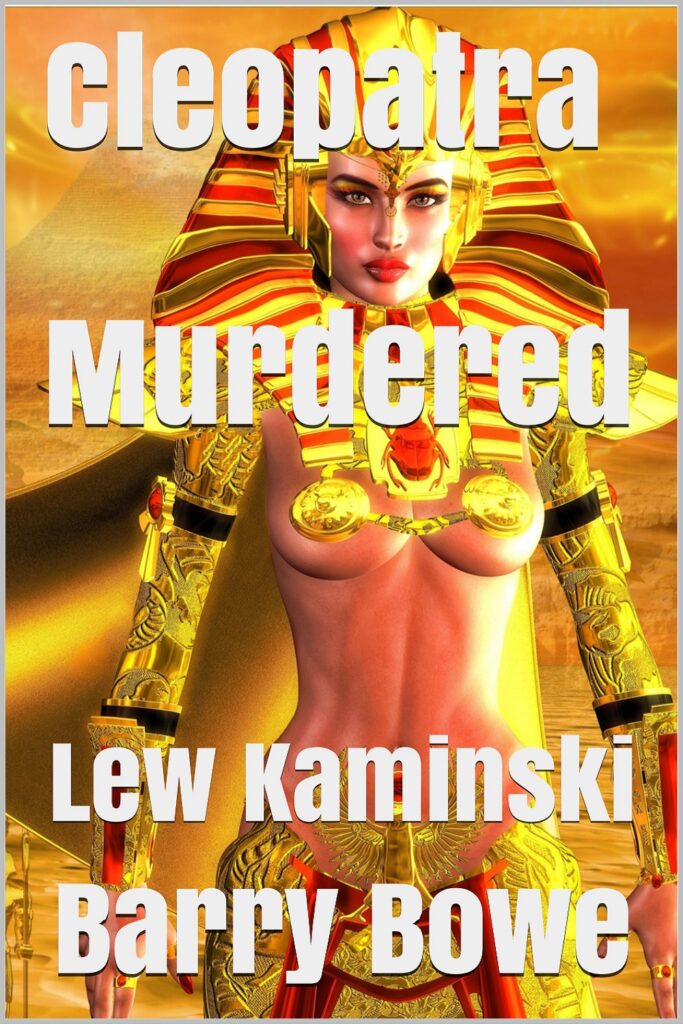
Comments
No Comments